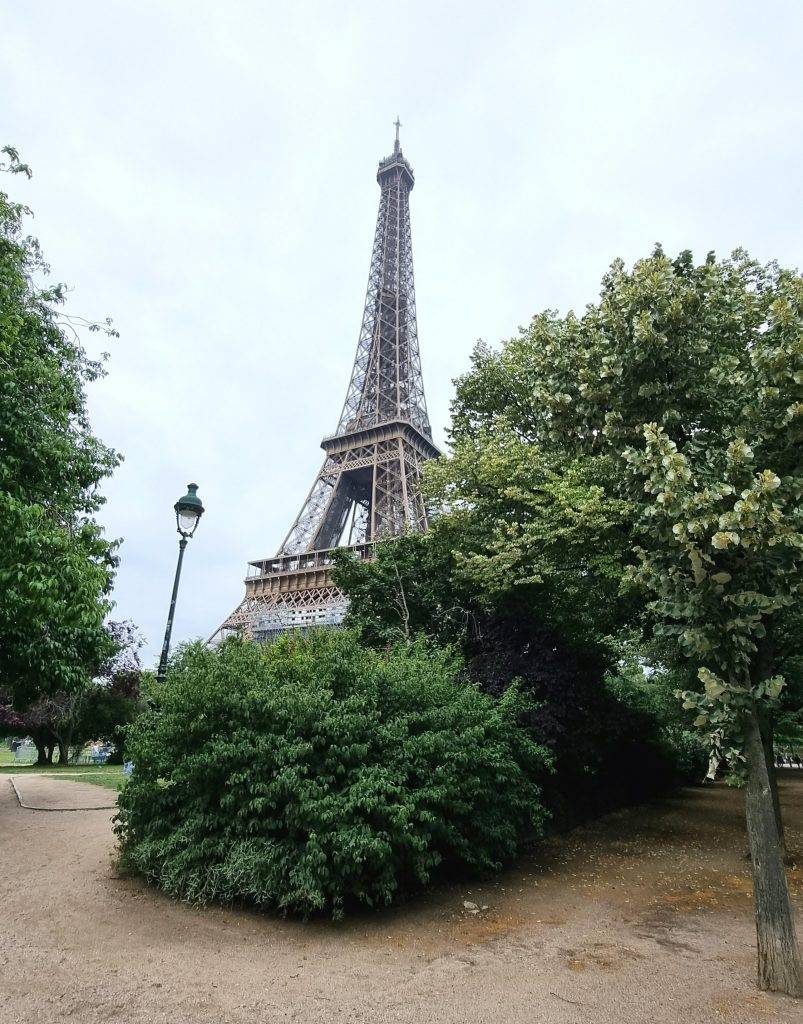
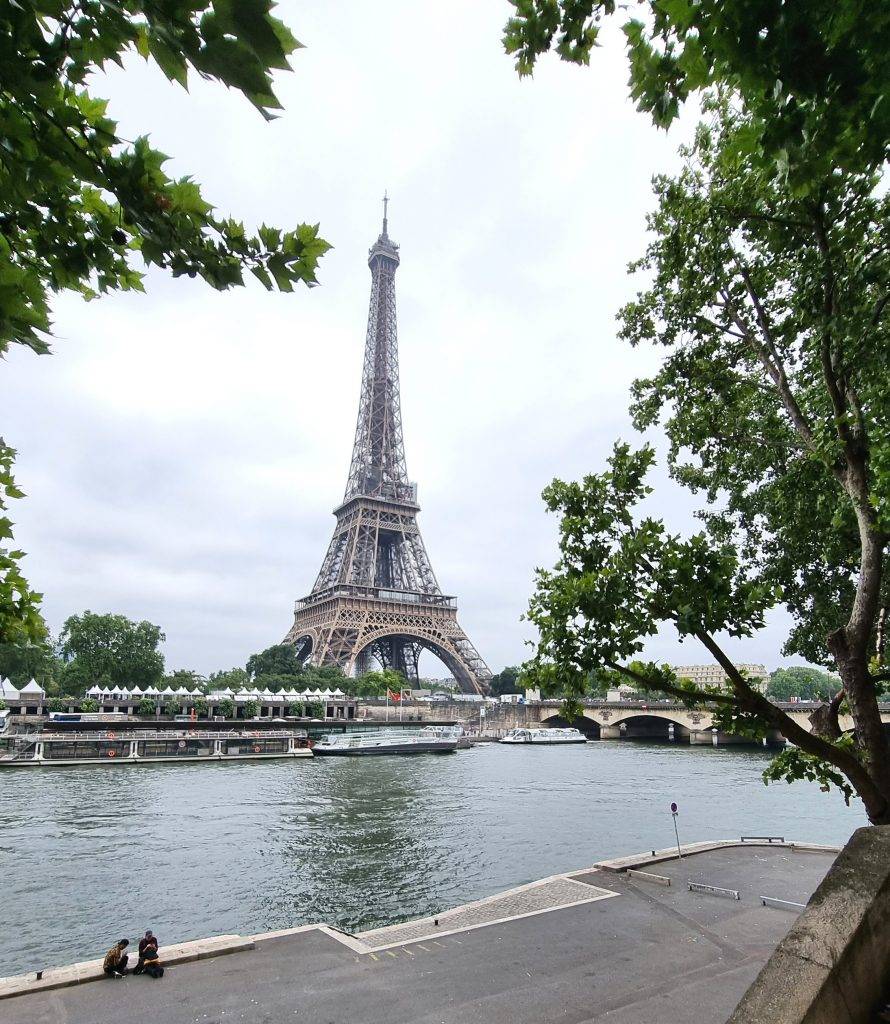
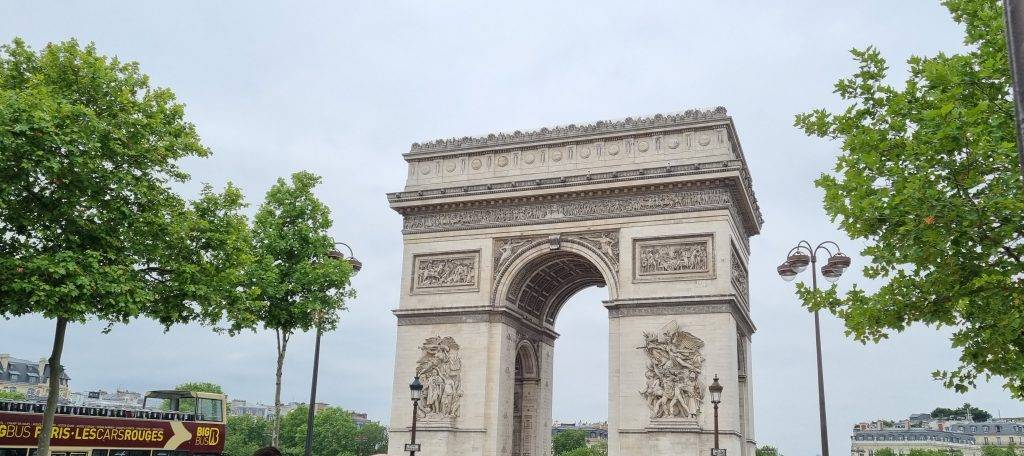
We take the metro again to get to the hotel. Another difference with London Underground. It lacks so-called circle line metro, which means a slightly longer ride between stations to reach your destination. We reach the hotel, where we are only let in after a certain time. We use the time to have a coffee and something to eat at a local café. When we finally get to our hotel room, tiredness takes over and we slept the whole evening, which is good, because the next day will be a long one.
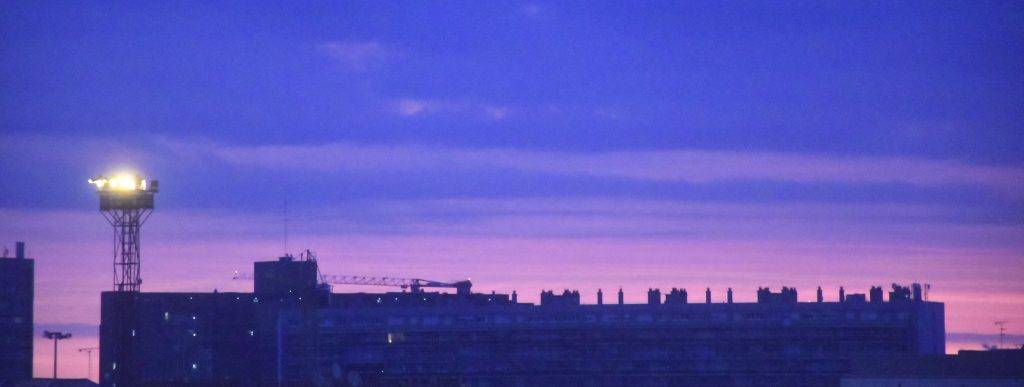
As expected, the day started early. We have to get up around 5am. No need to rush. We can slowly pack up and go to the rental car point where we have booked a car for two days. We use the rental car company Avis (which is actually the same as Budget). The first downside of renting a car is that we have to wait almost an hour when we arrive at the rental point because the card terminal doesn’t work and they can’t charge the deposit. The deposit is the second downside, because the booking said that the deposit would be 110 euro, but in reality it was 300. There is a third downside. When we go to the first attraction, an extra 90 euros is charged from my card, without any explanation of what it is for. The details will be clarified later, because the first attraction is here, after almost five hours of driving from Paris (we take small coffee breaks on ride). Time to see Mont Saint-Michel. A monastery on a cliff surrounded by water. The water has receded during this visit, but the view is still spectacular. At the base level of the monastery there are many souvenir shops and cafés. The highest point of interest is the monastery itself, which has a paid entrance. The whole hillside and the surrounding area can be viewed without restrictions. I probably can’t put in pictures the magic of the view, but it’s worth coming here! It takes about three hours to walk and see everything.
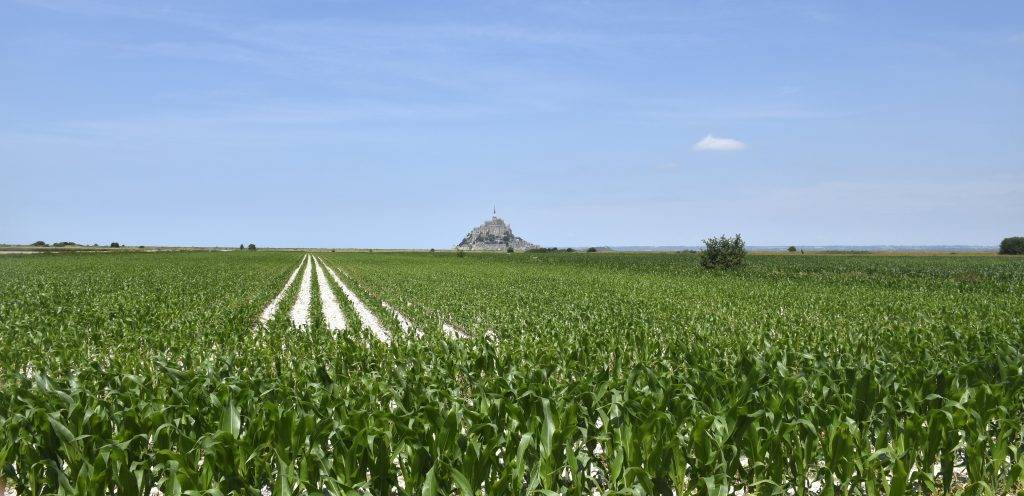
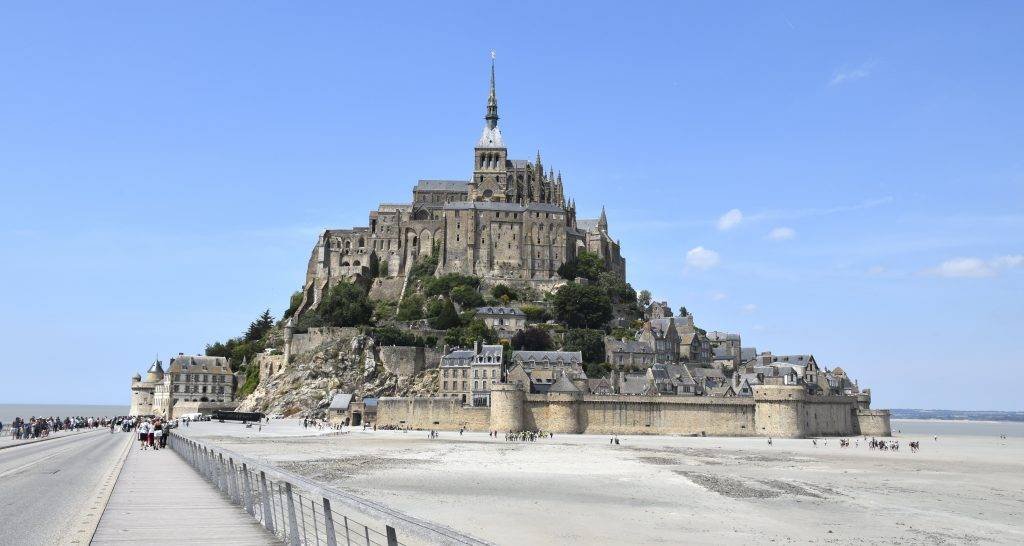
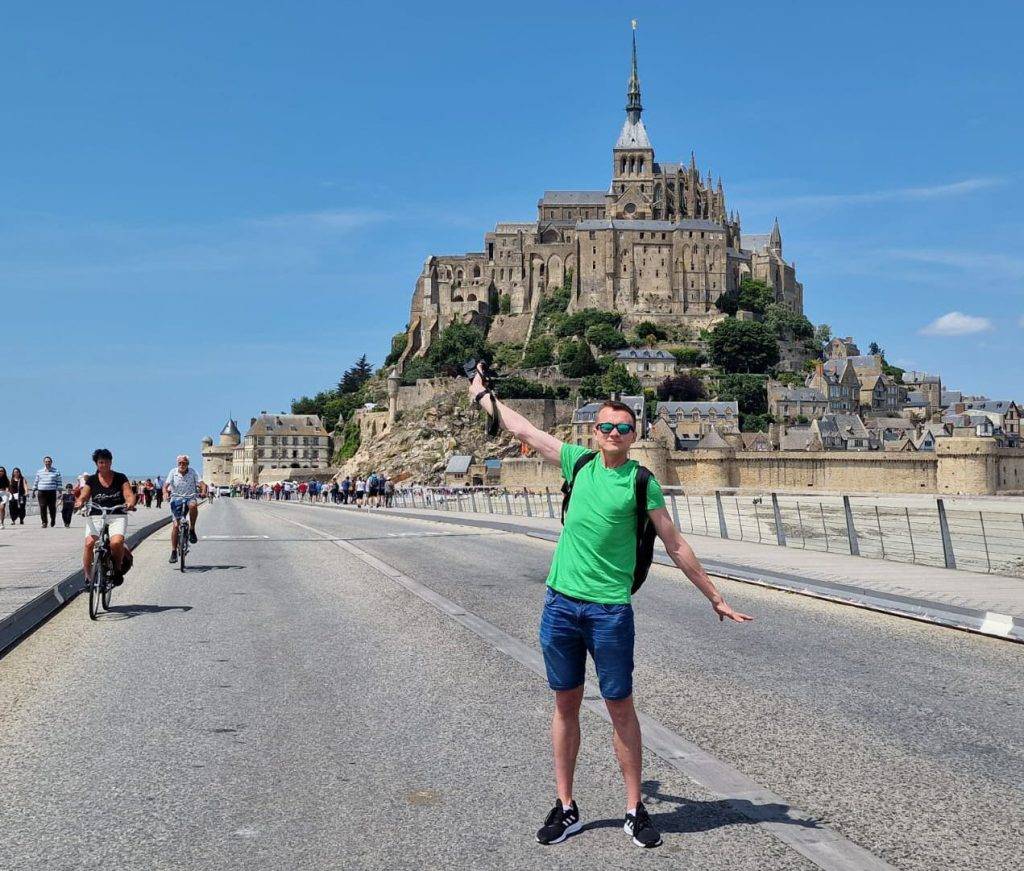
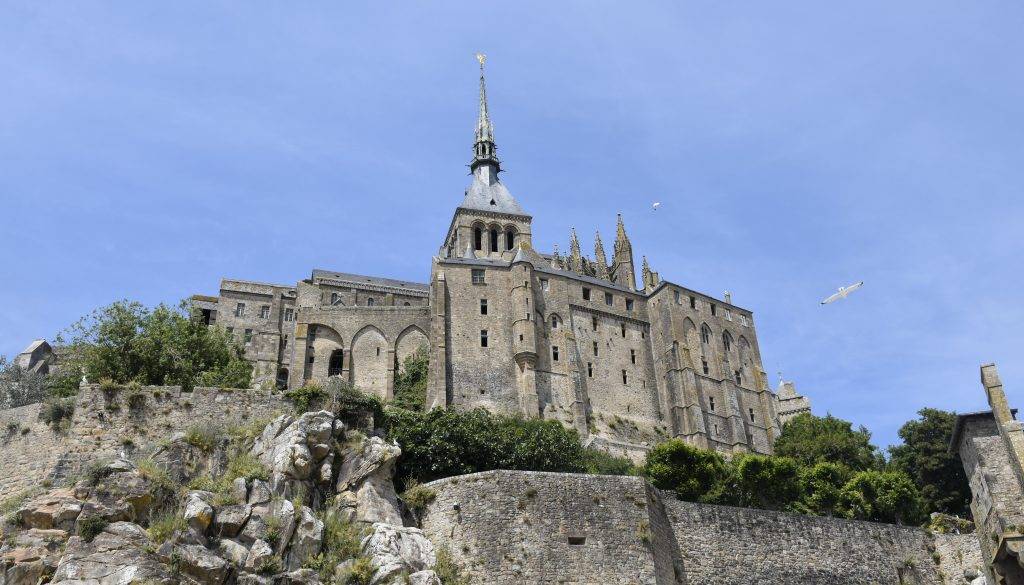
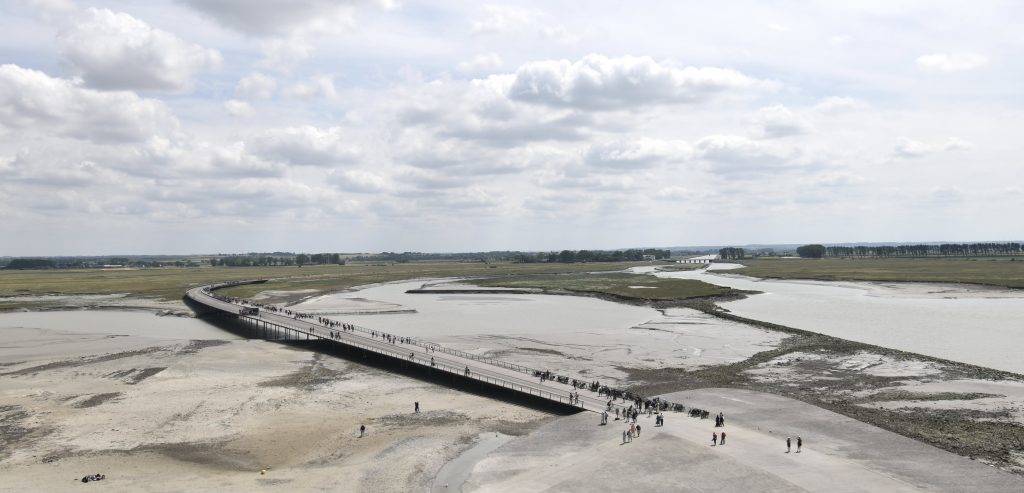
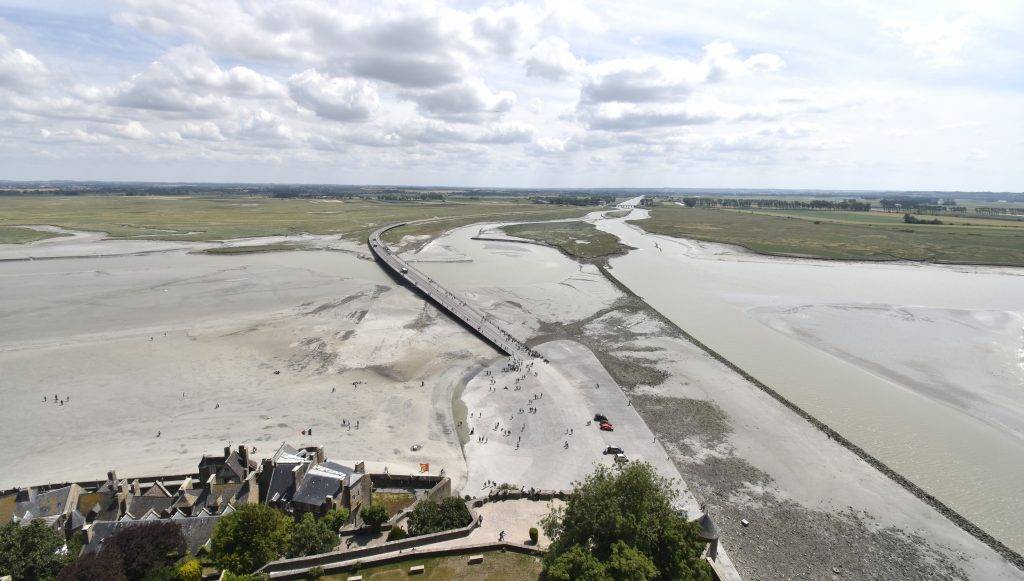
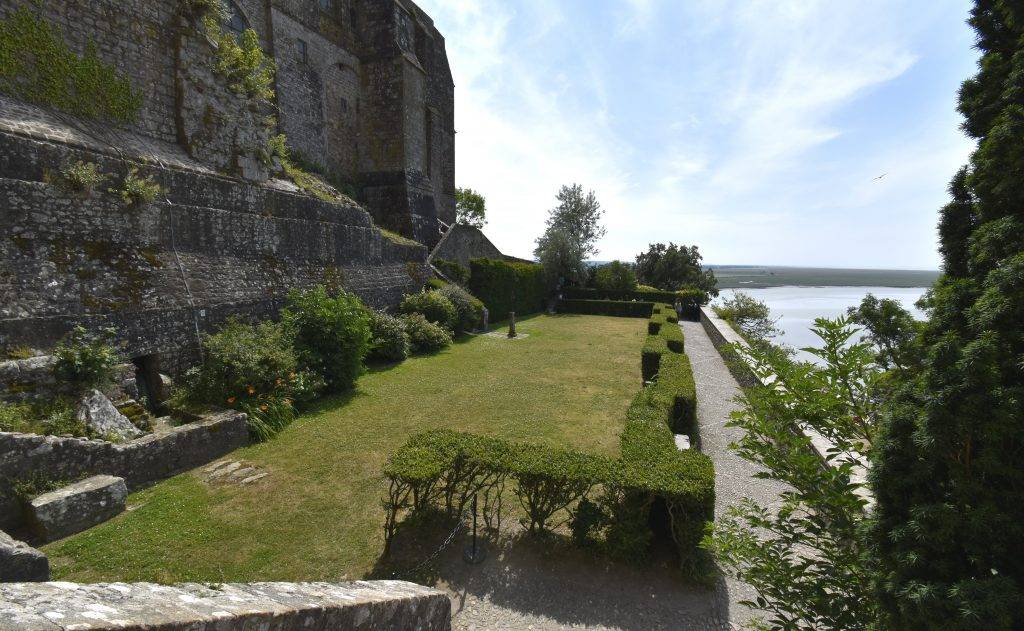
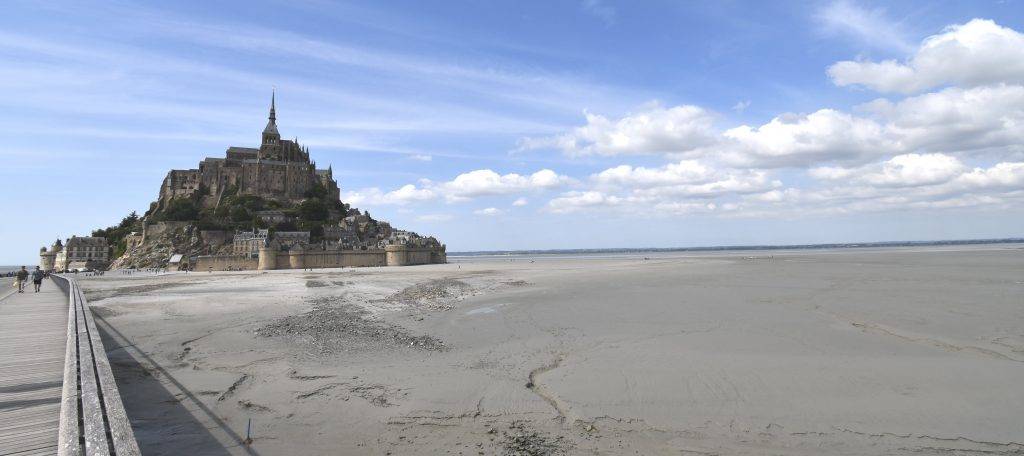
We can move on. Next stop, Omaha Beach, famous for World War II and the so-called D-Day, when Americans managed to conquer the coast and defeat Germans. A tough battle with many dead. The beach has a monument and an art object commemorating this event. In addition, there is a museum, which is already closed at the time of our visit, open daily until 19:00, we are on the beach around 20:00. This historically significant battle is used a lot in video games, and practically any video game player would recognise the name of this battle. A quick look around and we can plan where to stay for the night, as returning to Paris today is not wise in terms of time use and the next day’s plans.
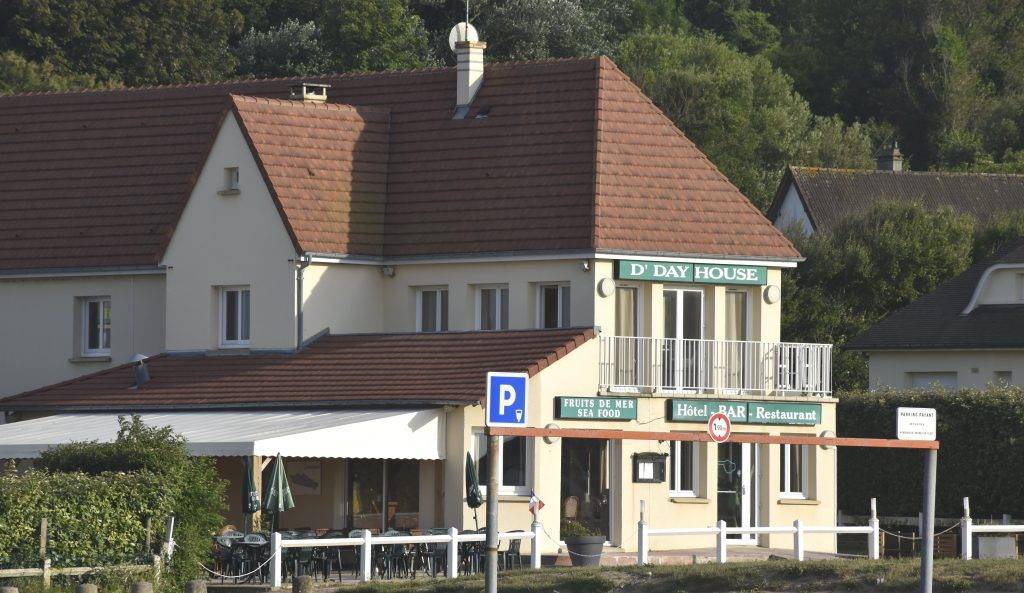
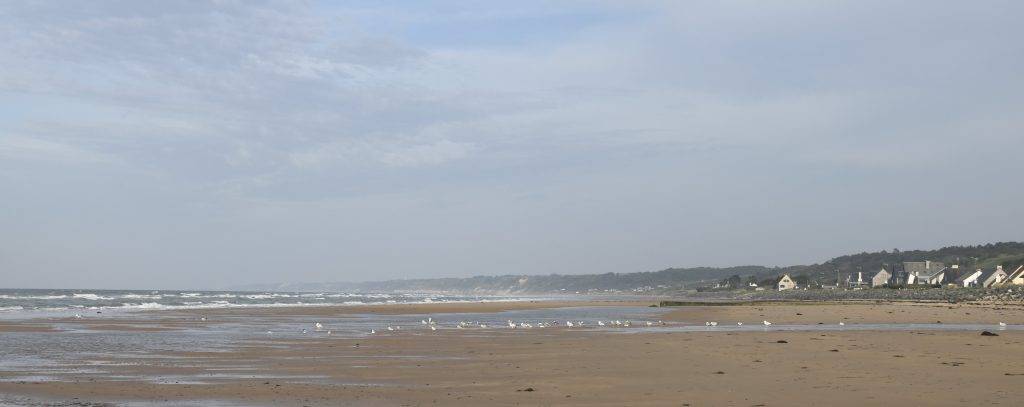
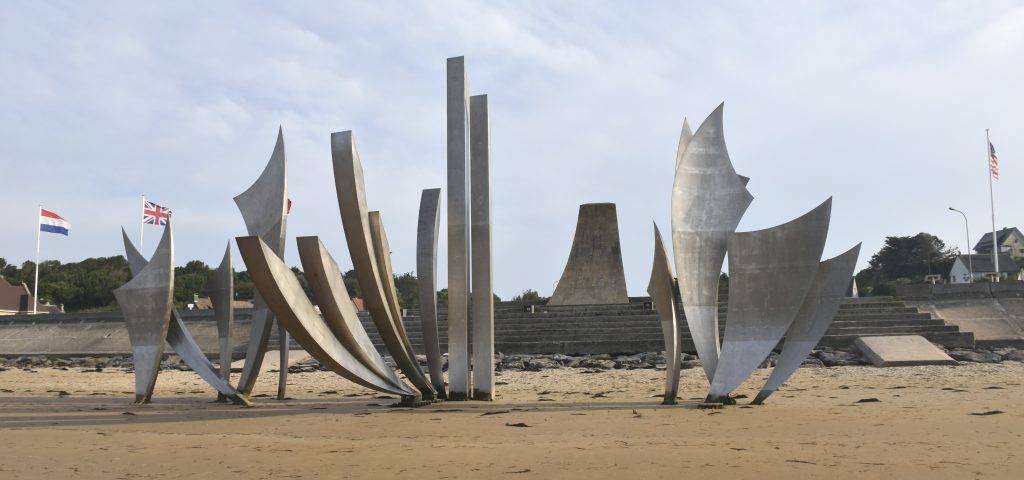
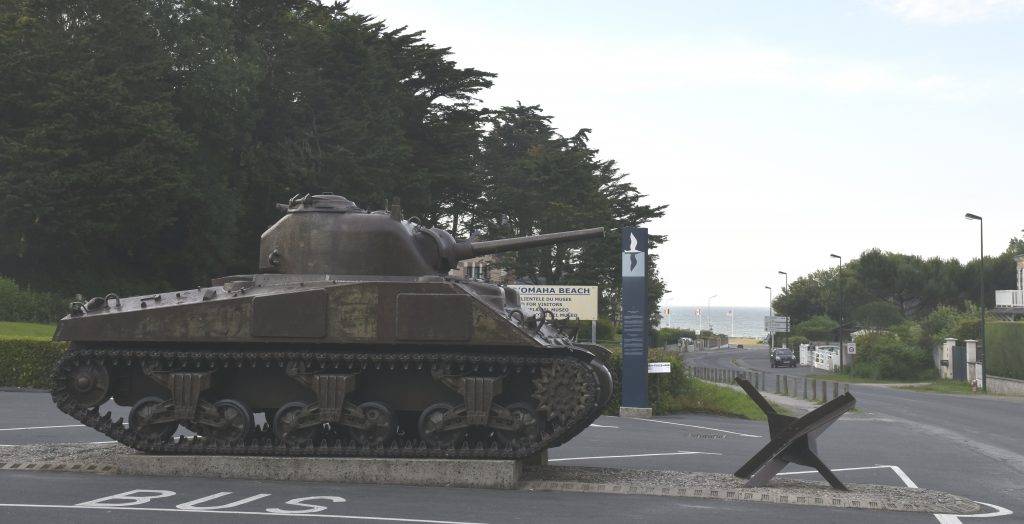
We decide to go closer to the next day’s plans, namely La Rivière-Saint-Sauveur (close to the Normandy bridge on the map, which we want to see the next day). And we look for the first hostel to stay in. The choice falls successfully on a B&B. The hostel is self-catering, and very simple to use. Parking nearby.
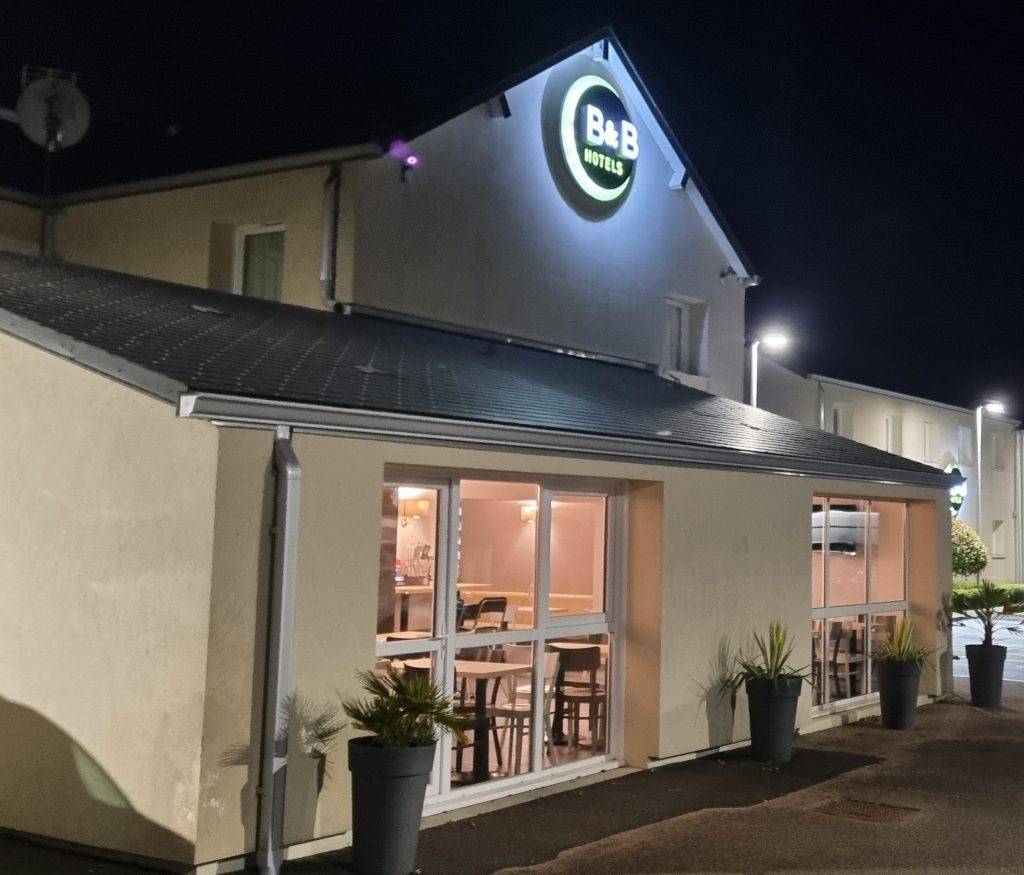
Before jumping into the next day’s adventures, I have to mention the road from Omaha Beach to the hotel. The drive is happened in the dark and the surprising thing is that the road is very winding, unlit and the speed limit is mostly 70 km/h. I felt like a real racing driver because the sensations are extreme and the speed is kept appropriate. It was also interesting that some locals drove even faster, even though it is night and visibility is poor, but during the day everyone kept to the speed limit. It was indeed a long day and it ends around 1:00 am. Time to relax as there is another car day ahead, which is not supposed to be as long as this one.
The day starts calmly, beginning with a few shots at the Normandy bridge. An impressive and huge bridge, costing just under €412 million when compared to Latvia’s golden bridge. This bridge is truly magnificent. In the distance, cars look like ants.
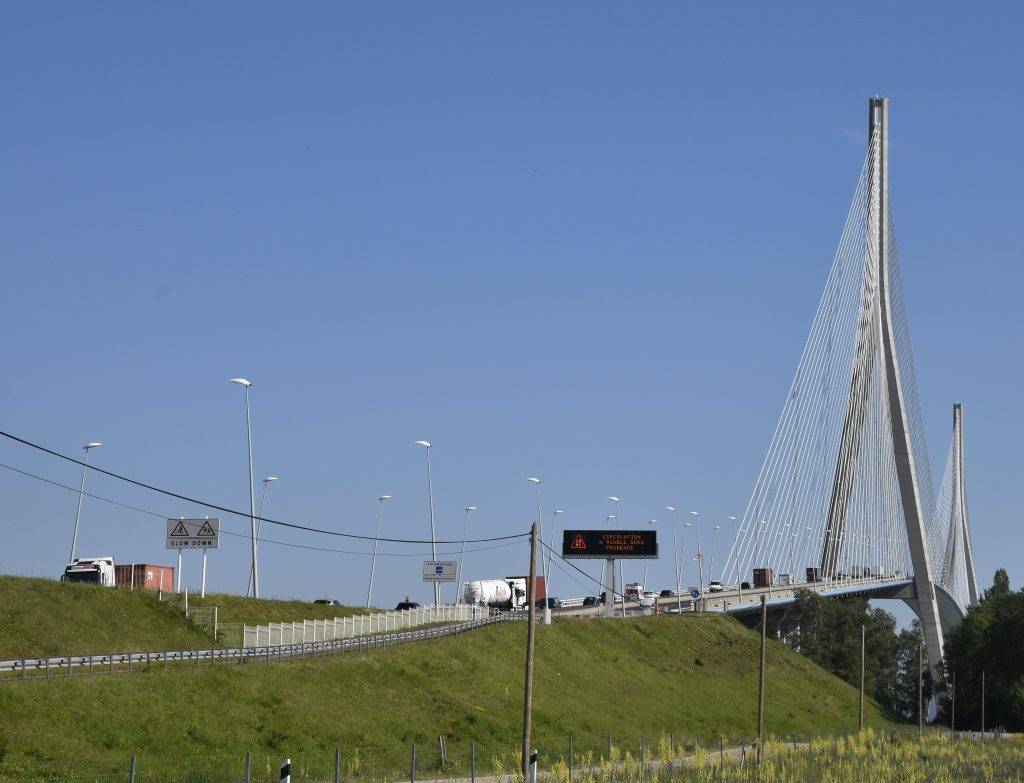
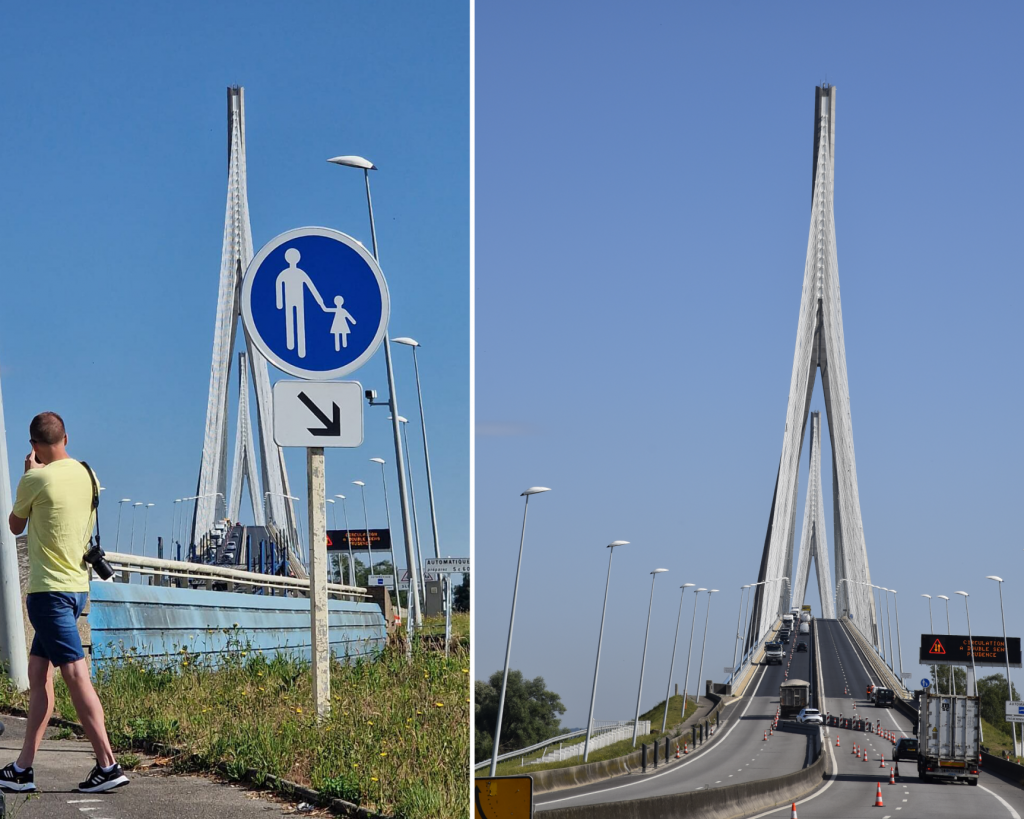
After visiting the bridge, we continue to the town of Le Havre and its harbour area on the other side of the river Seine, where we saw magnificent harbour views. In addition, we visit the modern art museum, which is very small. Maybe just over a hundred paintings. We didn’t stay much in the city as it wasn’t on the plan, but we can see the most interesting places as we pass through.
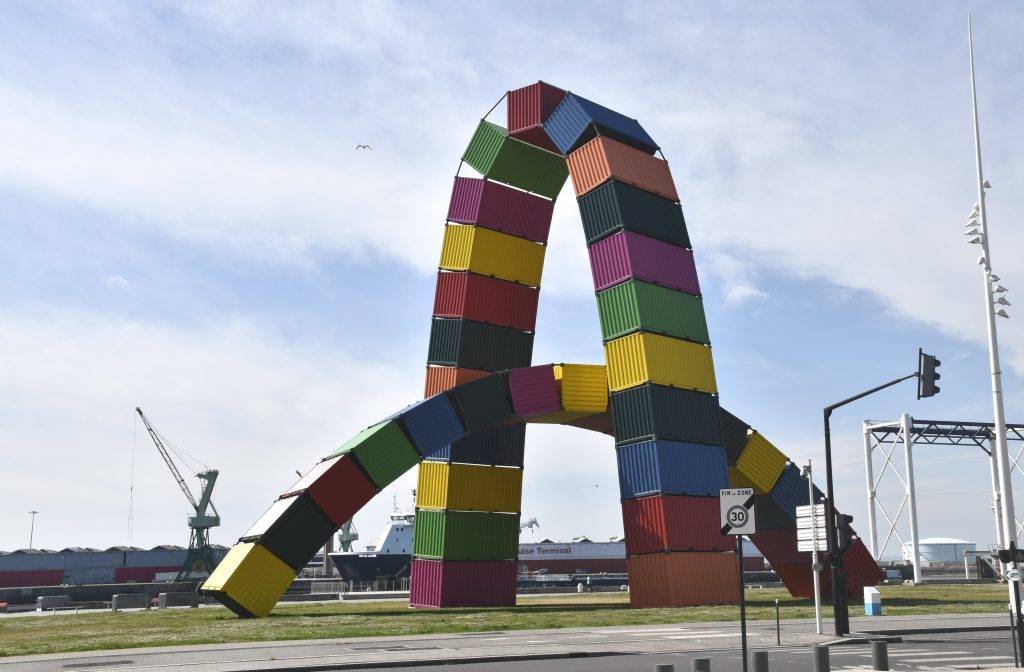
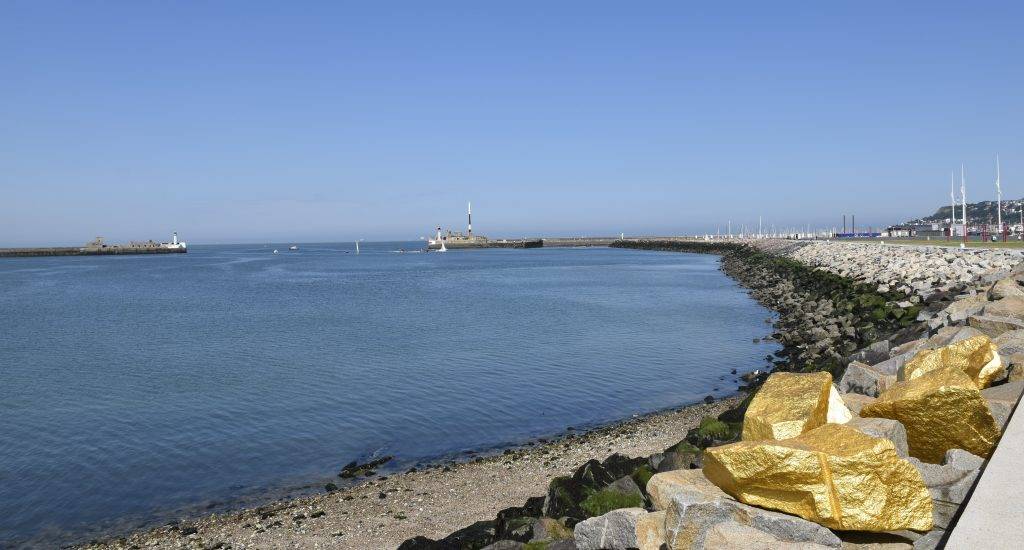
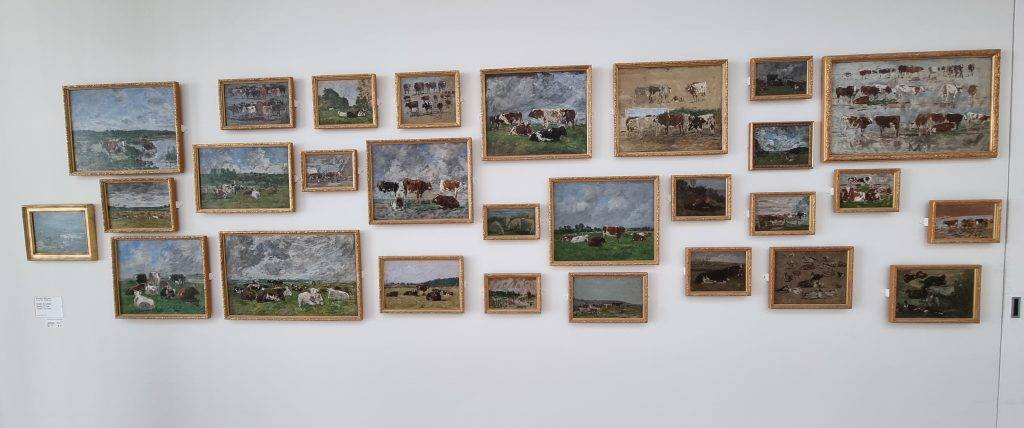
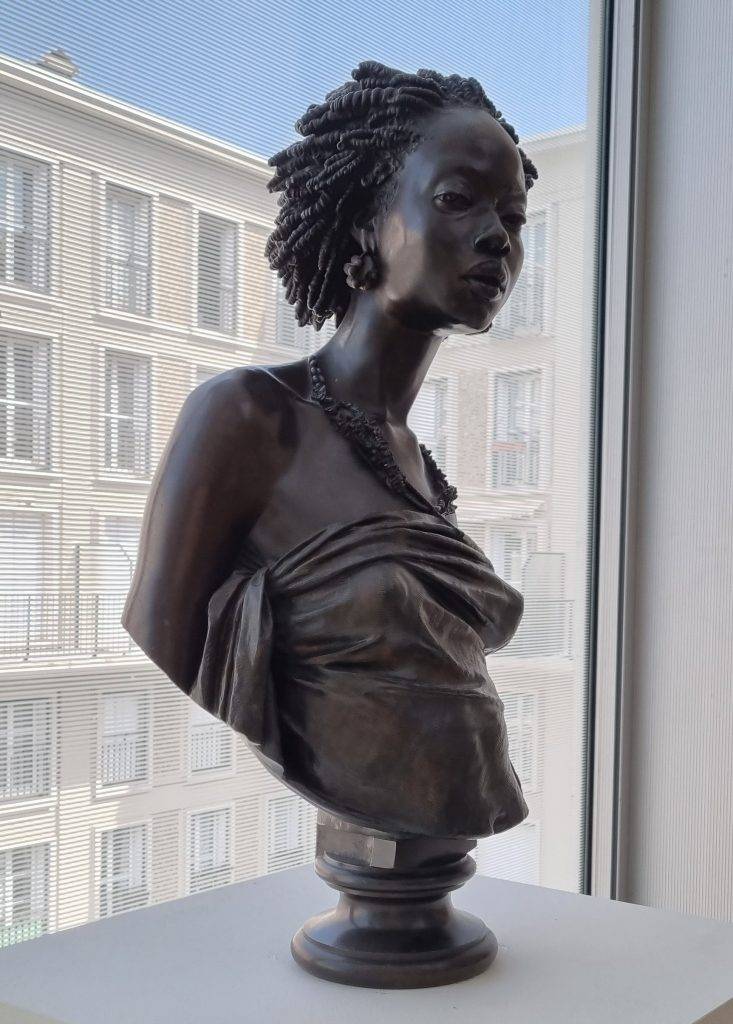
The next stop is Étretat and its nearby area. The first cliffs is not so attractive to tourists, so there are few of them, but the cliffs who ar closer to city are more fulfilled with tourists. The cliffs on the city side are more attractive, and there are more paths for tourists, so that everything can be better walked and seen. A trip to this city could be called an exploration trip, as there are other things to look at nearby and together it would take a whole day in the area. The view of the sea lingers in the mind, because you don’t see sights like that every day. There are many stories to be told about the sights seen, but it is time to move on.
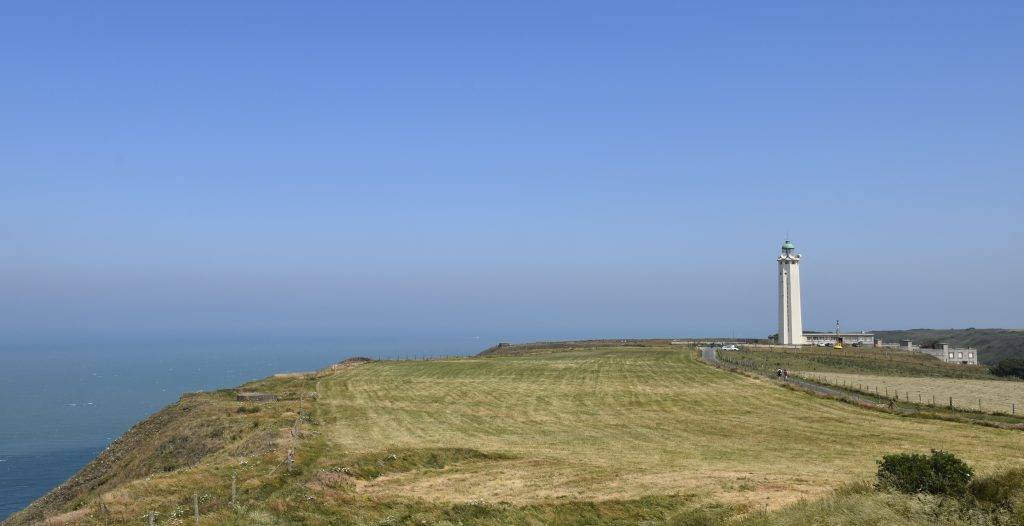
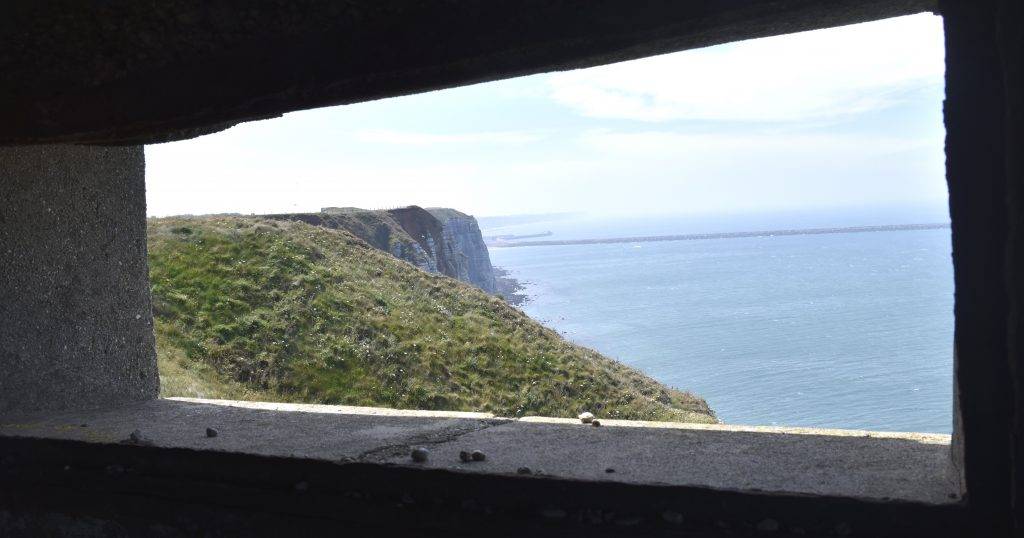
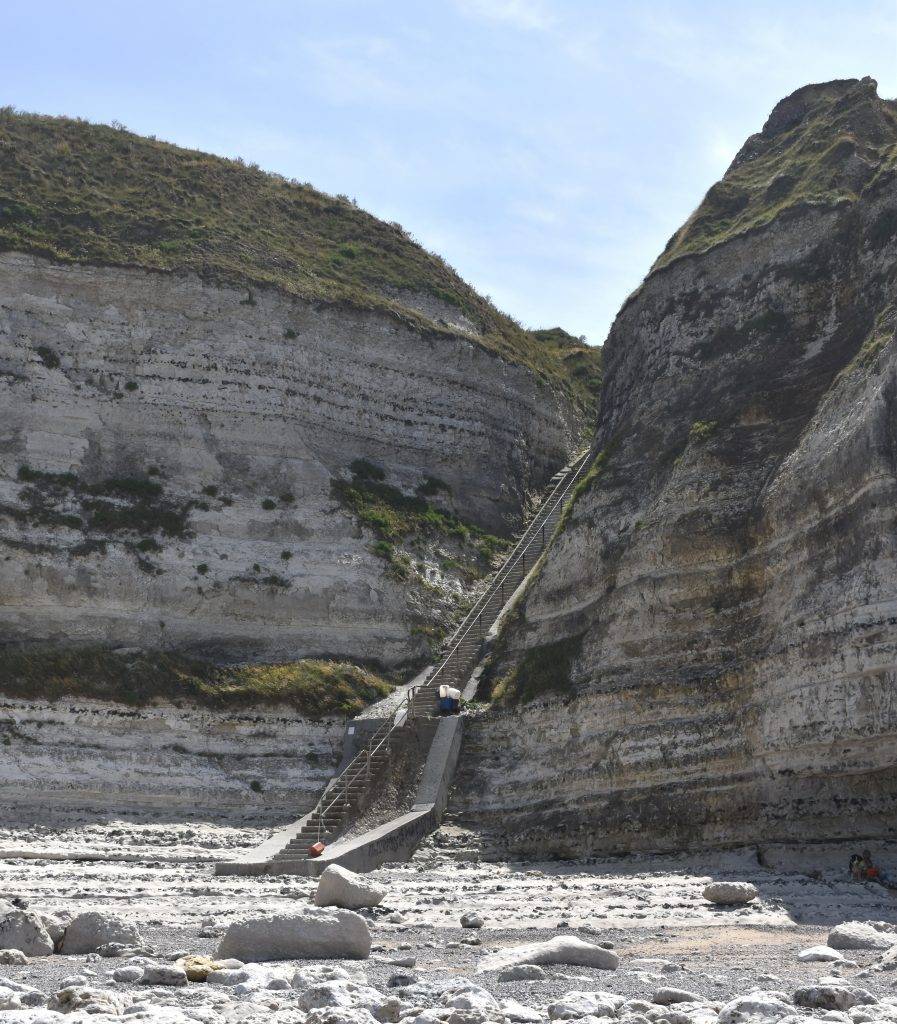
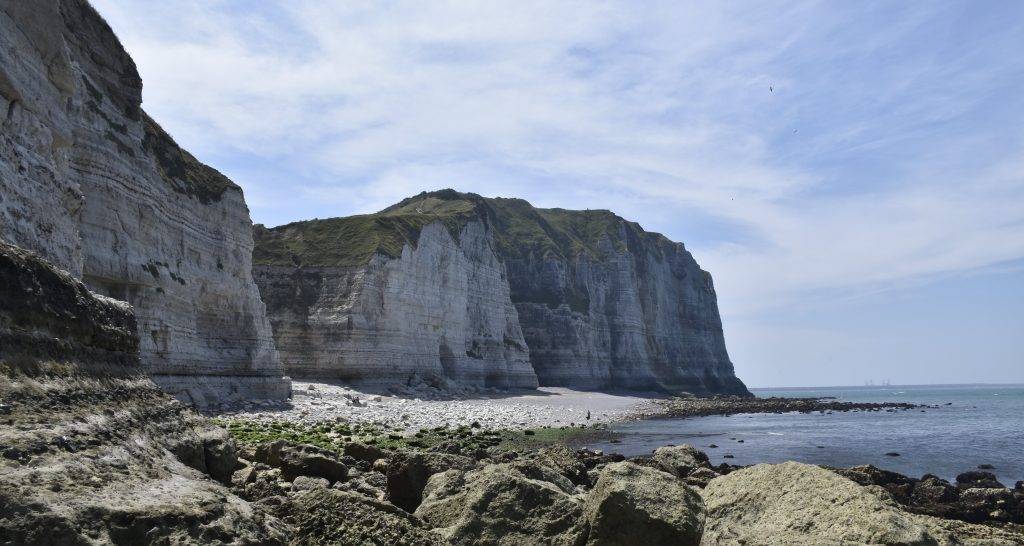

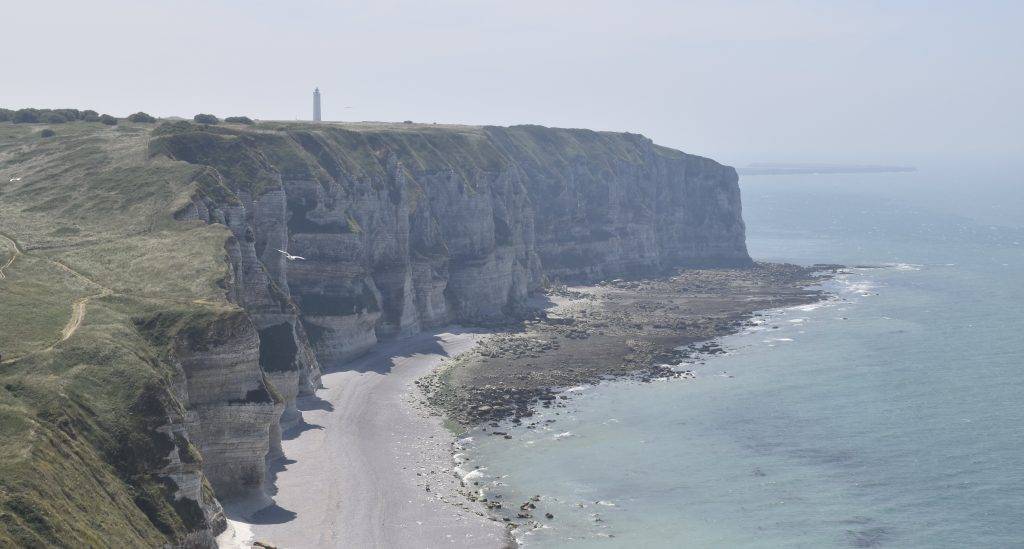
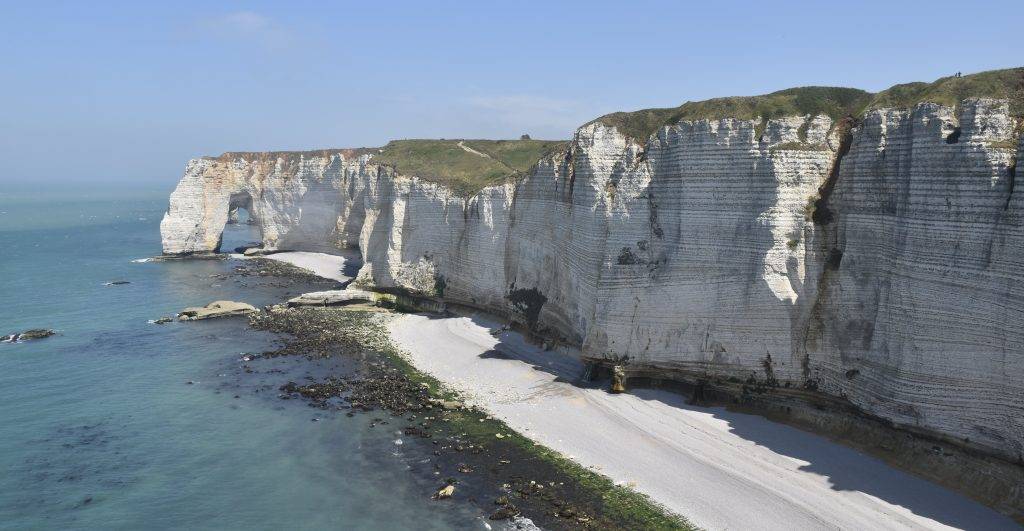
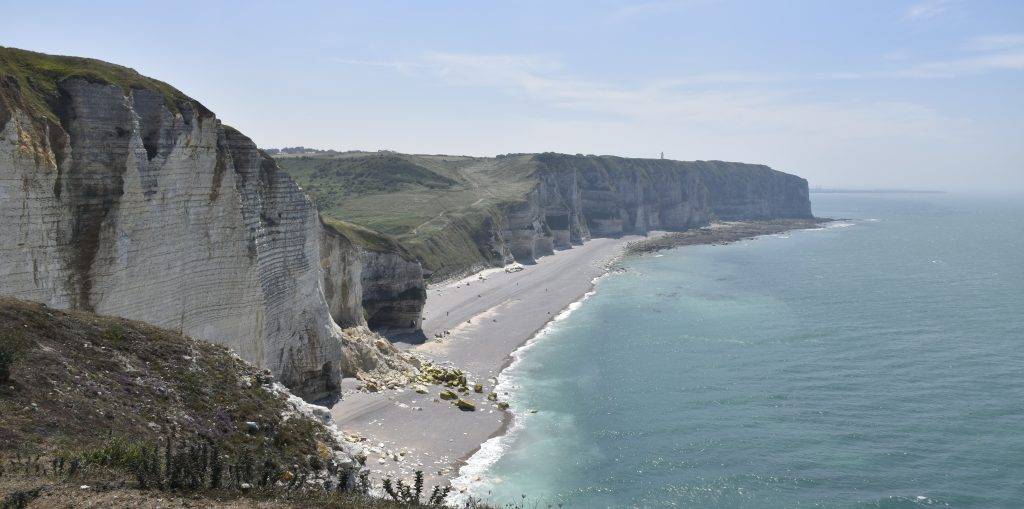
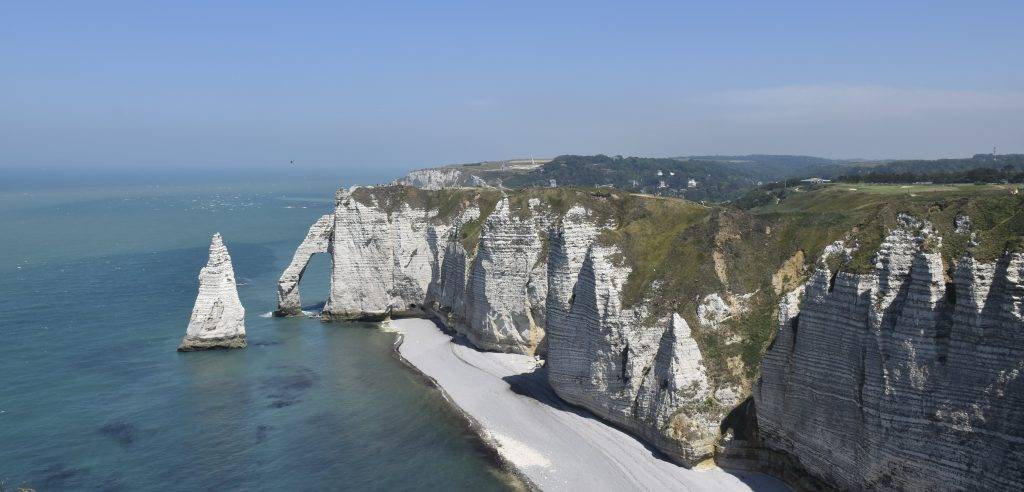
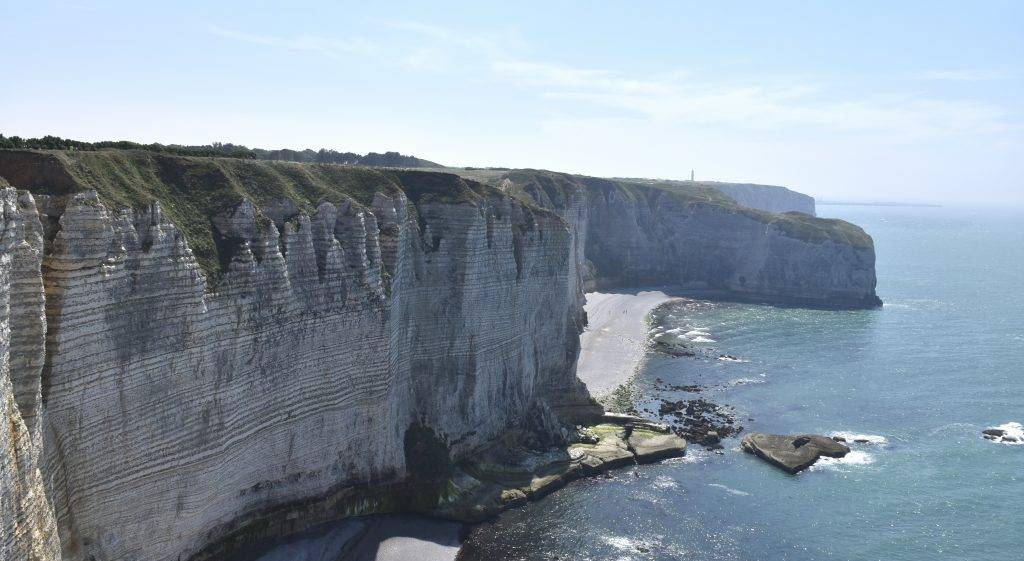
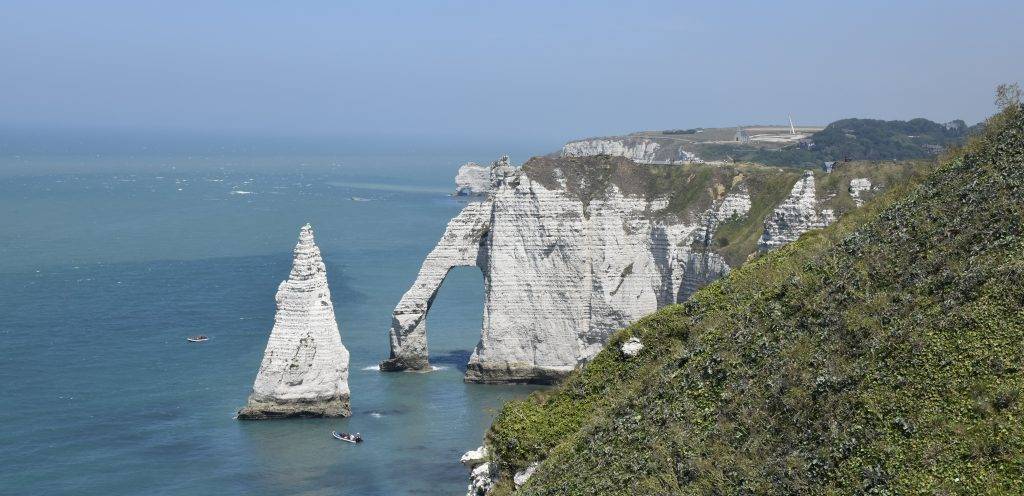
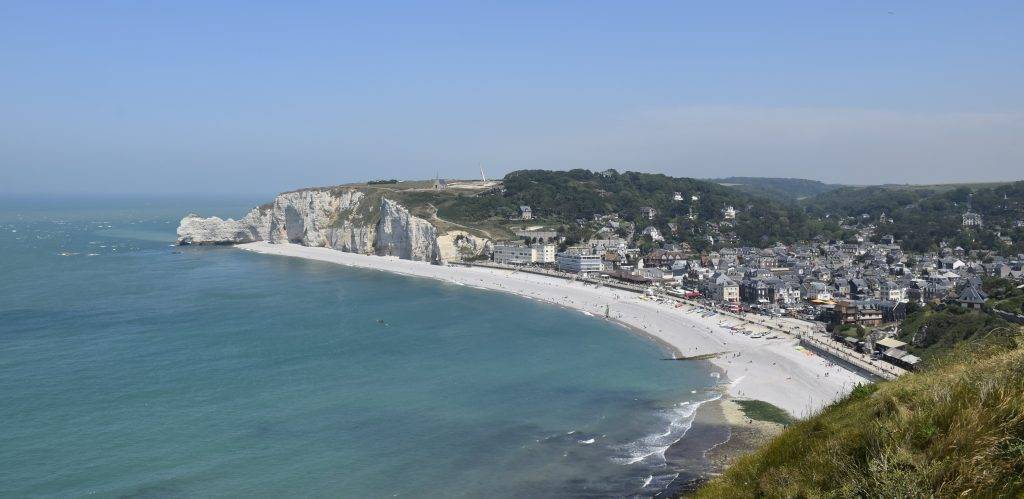
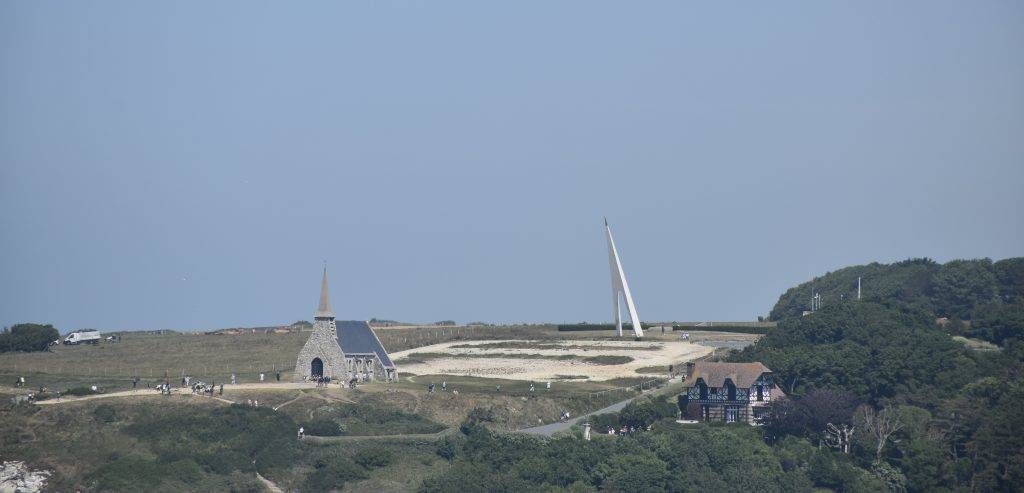
Rouen is the next city, where we will visit some of the most important historical sites and take a break to eat, because we don’t have time to eat in beautiful nature, we eat with our eyes. In Rouen, the main focus is on the site of the burning of Joan of Arc. According to the pages of history, she was burnt at the age of 19. Today, the city has a small statue and a peculiar looking church built in her honour, which attracts tourists. The city itself still has some beautiful places to see. If you don’t want to meet the big crowds of tourists, after 18:00 in the evening is a good time, when the sun is still high but the people are few.
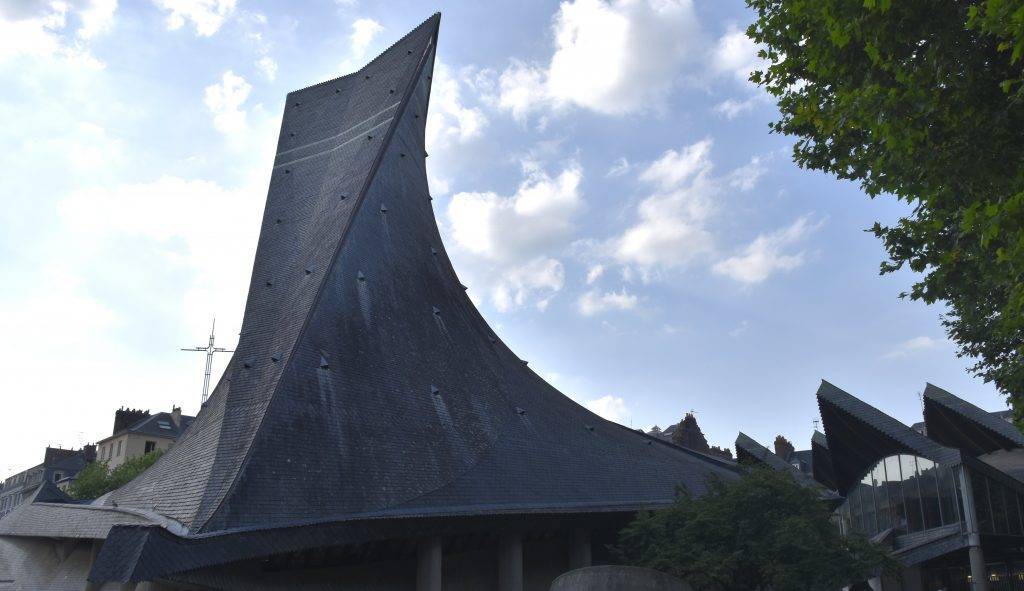
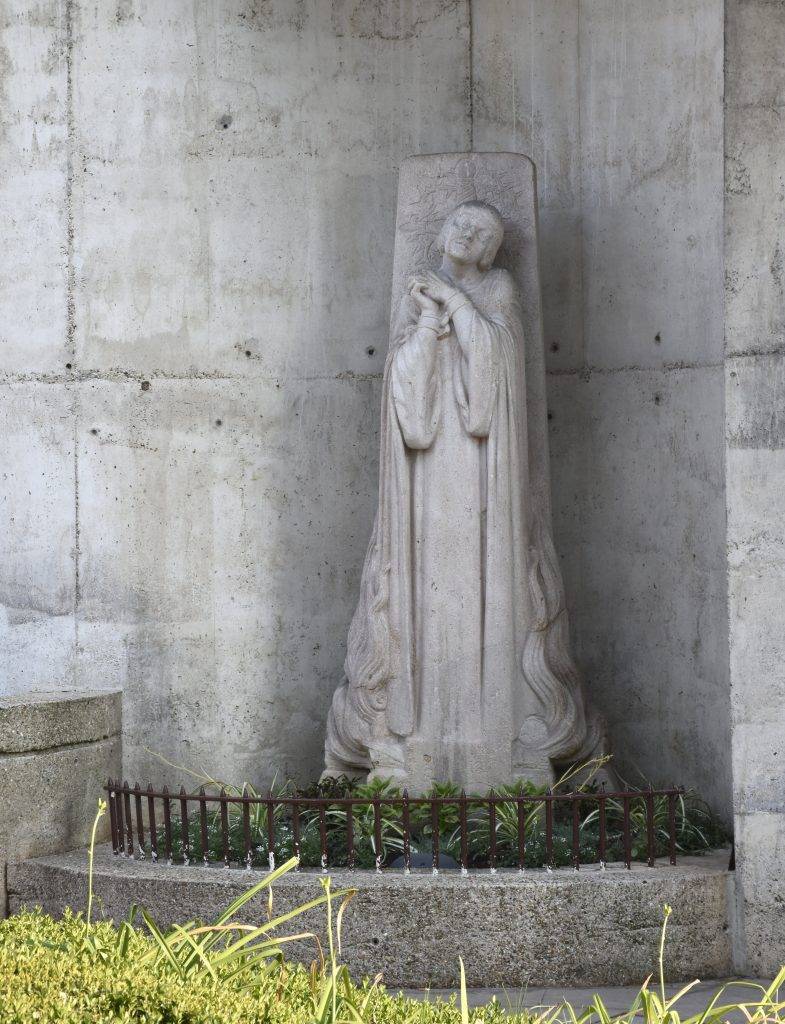
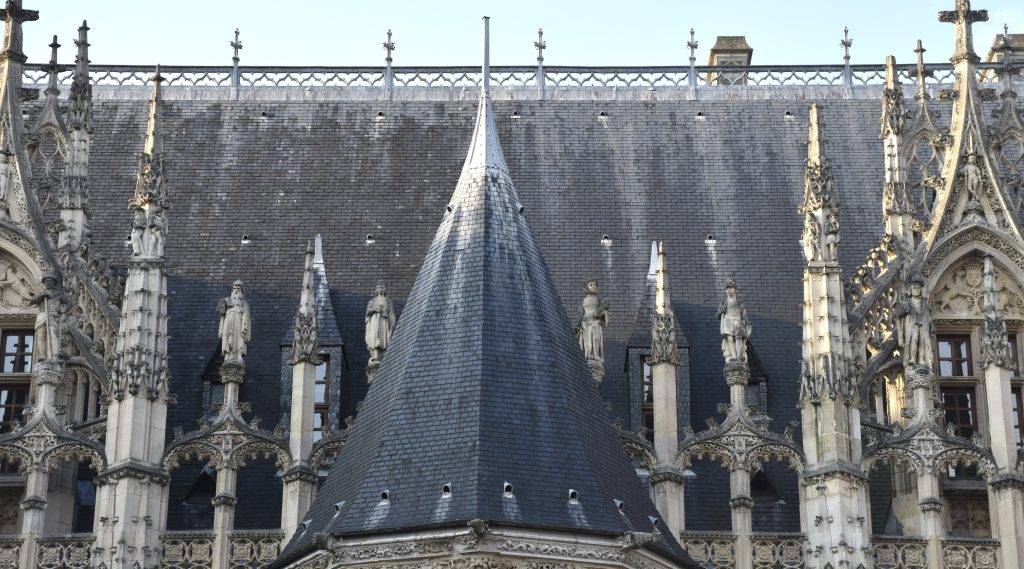
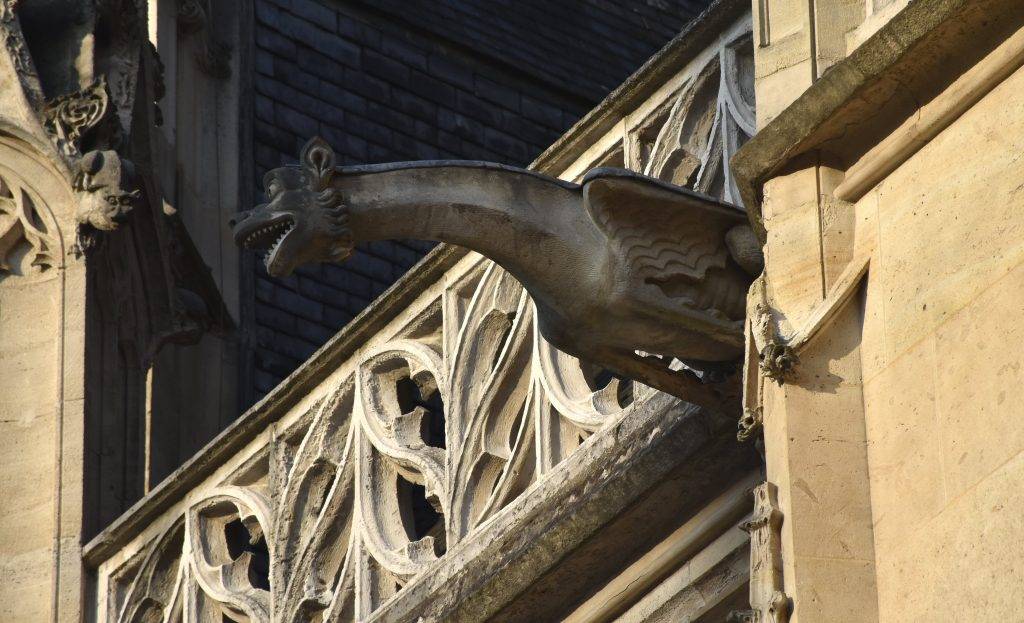
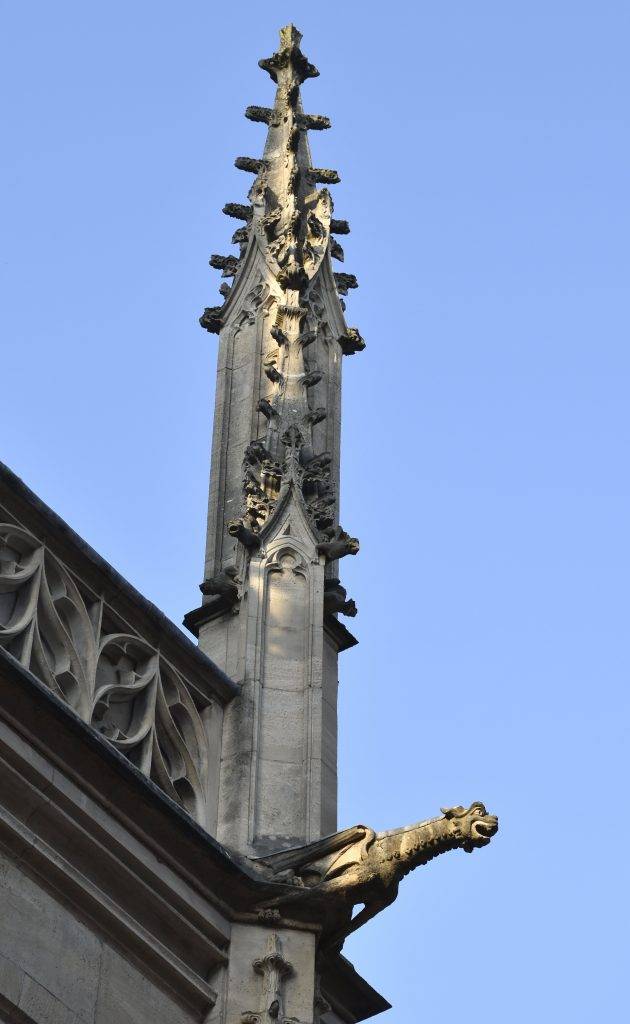
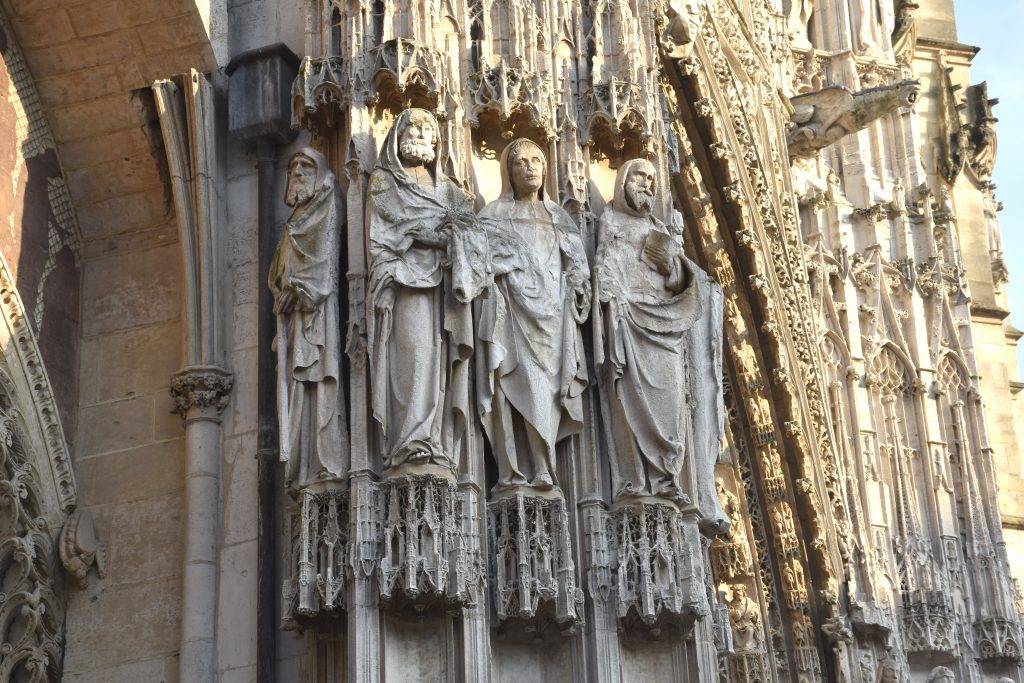
The darkness is coming, it’s time to return to Paris, give away the rental car and get some sleep so we can enjoy the art of Paris museums in the next day.